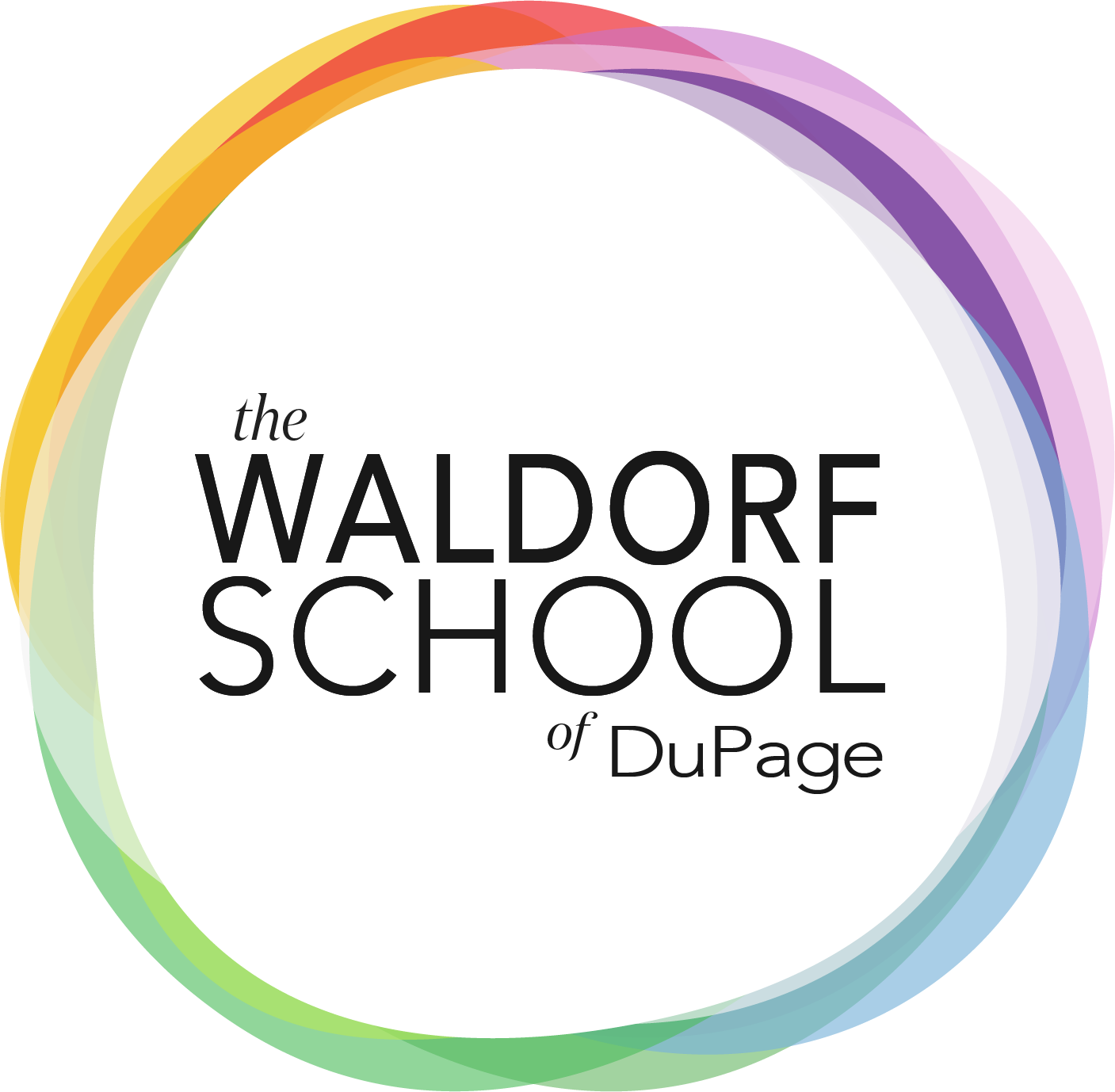Growing up attending The Waldorf School of DuPage, (It was named Four Winds Waldorf School at the time), my childhood was shaped by an immersive, hands-on approach to learning. The memories are still vivid—recess and class projects in the “bowl,” singing songs, and exploring the expansive forest. It was a space where curiosity flourished, and the environment itself became a classroom. One of the most memorable experiences was our nature-based art lessons. We would sit in the forest, drawing pinecones, learning to observe nature deeply—skills that have stayed with me throughout my life.
But my favorite project was a bit more unconventional: building a trebuchet. Along with my friend Cyrus, we convinced the school to fund a medieval-style catapult to launch pumpkins. What started as a physics lesson with Mr. Olsen quickly turned into an independent study. We had no formal engineering background, and no massive budget for materials, so we had to get creative. Our trebuchet, built from PVC pipes and powered by our own body weight, was a trial-and-error process that taught us about persistence, resourcefulness, and the importance of thinking outside the box. It was a hands-on project that brought theoretical knowledge to life, and for weeks, we launched pumpkins into the bowl—experimentation at its finest.
As a Senior Software Engineer at Amazon Web Services, my work now revolves around solving complex real world problems through theoretical knowledge and practical implementation. Much like building a trebuchet, software development requires breaking down big abstract problems (how to fling a pumpkin) into small components (the Trebuchet base, sling, length of the arm, counterweight, etc), pushing things to the limit to see what breaks and troubleshooting to fix it. The school gave me the mindset to approach challenges with curiosity and creativity. It encouraged me to deconstruct problems and figure out how things work—a mindset that was essential when I transitioned to high school and beyond
While the switch from a small, close-knit school of six classmates in eighth grade to a high school class of 640 was overwhelming, The Waldorf School of DuPage had already given me the skills to succeed. Though I lacked some of the hard facts taught in traditional science classes, I knew how to learn. I excelled in biology and math not by memorizing, but by understanding how to think critically and creatively.
Music also played a huge role in my education at The Waldorf School of DuPage. From singing in the morning to playing recorder and piano, I was immersed in music at every turn. I even arranged my own compositions by middle school, which I was fortunate enough to have performed by my classmates. This exposure to music fueled my passion for both the arts and sciences, eventually leading me to major in both music and computer science in college.
Today, I’m still deeply connected to those roots. I continue to make music, running sound for weddings, recording albums, and playing piano. But the most important thing the school gave me was the ability to think critically, work collaboratively, and approach problems with creativity—a mindset that continues to guide me in every project I take on.
In the end, I’m incredibly grateful for my Waldorf education. It was a place where I learned not just facts, but how to learn, how to think, and how to innovate. It shaped who I am today, and I wouldn't trade those experiences for anything.
By: Eric Hays
Class of 2007
Class of 2007. Not only is Eric here, but you’ll find Ms. Mason AND Ms. Studebaker. What a great year!





